How cultural genocide almost destroyed one of Canada’s most progressively LGBTQ-friendly communities
First Nations people open up about Canada's dark past and how it connects with the 'two' in LGBTQ2.
This article was first published in Attitude issue 304, January 2019
Words & portraits: Markus Bidaux
I grew up in Saskatchewan, a province in Canada with one of the largest First Nations (indigenous) communities in the country, making up about 16 per cent of the population, but I never felt this was reflected in my personal experience.
Growing up in Saskatoon, the province’s largest city, it felt as if almost everyone was white. My elementary school had more than 400 students, but I can only remember one First Nations pupil, while in history class, there was next-to-no mention of First Nations history or culture and my working-class neighbourhood was predominately white.
The term First Nation was introduced in 1980, two years before I was born, but I don’t remember being aware of it until the late 1990s. Everyone continued using the term “aboriginals” or the politically incorrect “Indians”.
I remember being horrified watching a movie about residential schools. These were boarding schools built across Canada for indigenous children who were forcibly taken from their communities.
They were not allowed to speak their ancestral language, religion was forced on them, and many were subjected to physical and sexual abuse. These schools, which aimed to assimilate children into society, ran for more than a century [from 1870]. The last one to close was in Saskatchewan in 1996.
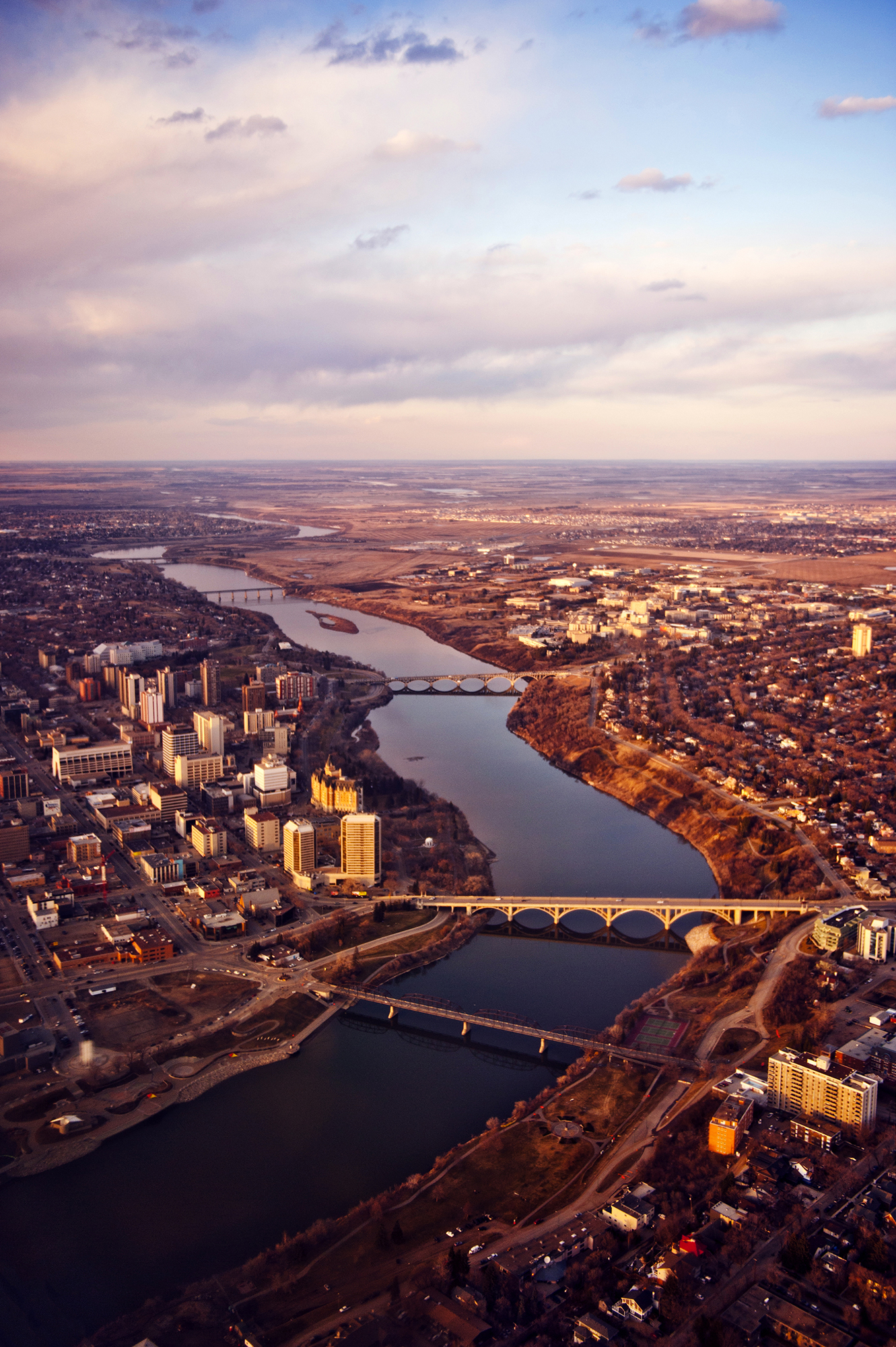
Saskatoon, Saskatchewan
This barely scratches the surface of the many systems of abuse that the government inflicted on the first people of Canada. Today, there are reconciliation efforts but there is still a very long way to go. In recent decades, First Nations people have been reclaiming their culture.
Their understanding of the sexual and gender spectrum was far more progressive than most cultures today. Saskatchewan has 70 different First Nations alone and there are far more across Canada, as well as down through America and South America. Most of these communities embraced LGBTQ members and had up to six gender terms.
Colonisation and religion tried to strip this celebration of sexual and gender diversity away from these vibrant cultures, including an understanding of their ancestral heritage, and tolerance.
There has been something of a comeback but it was only in 1990 that a group of First Nations people coined the term two-spirit to encompass those in their communities who carry both masculine and feminine spirits and practise the traditional ceremonies such as sun dances and purifiation rites in sweat lodges.
These ceremonies have specific gender roles and two-spirit people often perform the role of the opposite gender to the one they were born. It’s a term that typically includes gay men, lesbians, trans and intersex people.
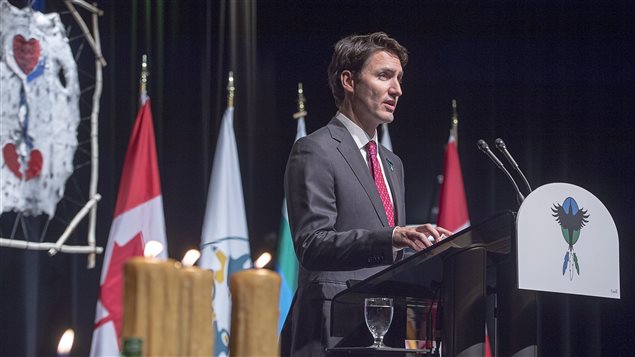
Justin Trudeau apologising to First Nations communities for Canada’s enforcement of Residential Schools
The first time I heard the term two-spirit was during Canadian Prime Minister Justin Trudeau’s speech to parliament in November 2017 apologising to Canada’s LGBTQ2 community for their historical unfair treatment.
On a recent trip home, I met five people closely connected to the two-spirit community. It was proof that language can be as fluid as gender and sexuality because even within the First Nations community today it seems everyone has a slightly different interpretation of what two-spirit means.
Their stories shed light on what it can be like to grow up both First Nation and LGBTQ2 in Canada.
Jack Saddleback, Cultural & Projects Co-ordinator for OutSaskatoon
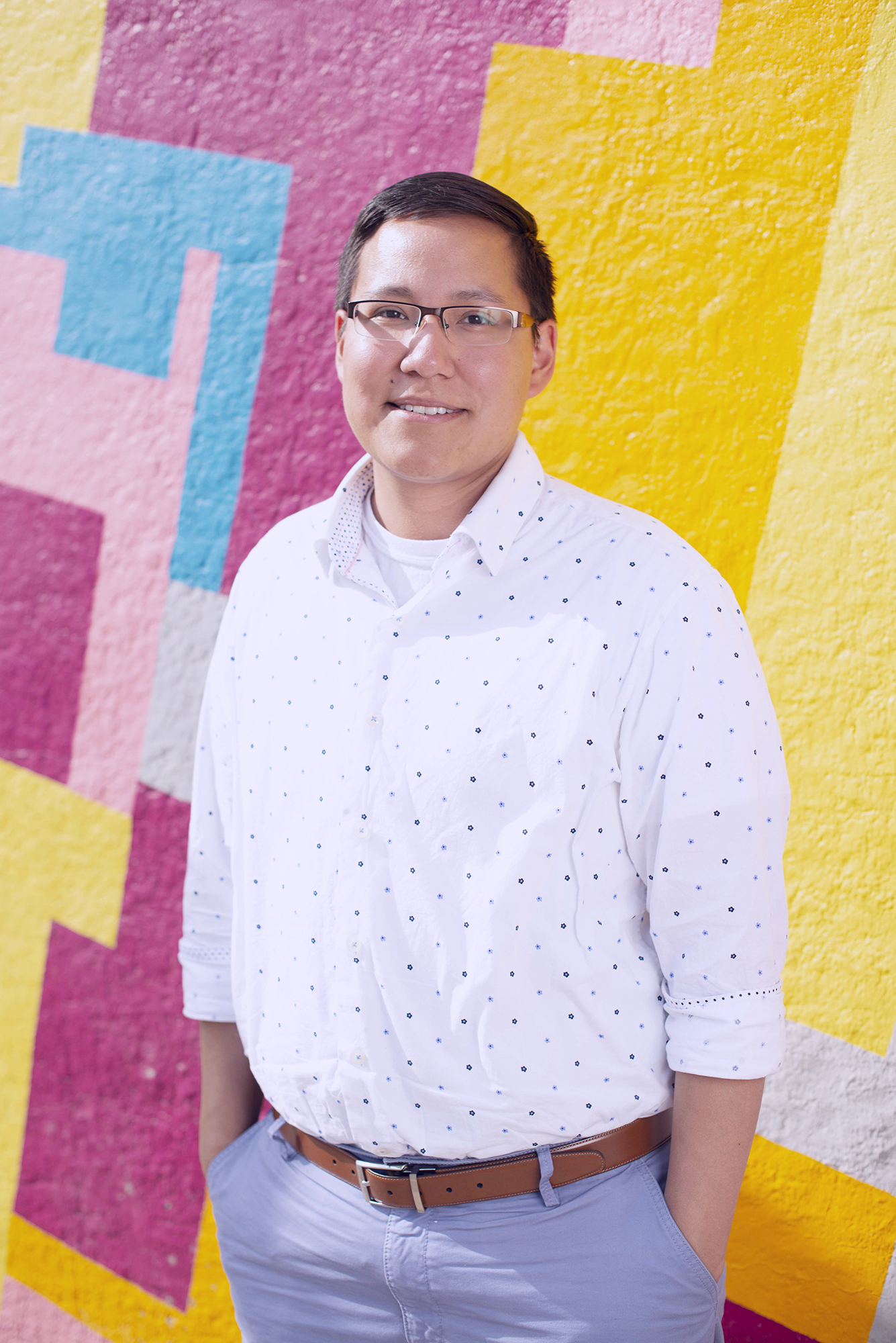
Jack Saddleback
Growing up, I was always that gender queer kid. At first, I was allowed to act and express myself the way I wanted but later everyone encouraged me to be more on the feminine spectrum because they were worried about my safety.
At home they could ensure I was loved but in school, for instance, they weren’t there to protect me. It created a lot of insecurity and isolation for me, I wasn’t able to relate to my peers and I started to feel awkward because I couldn’t be myself and had suicidal thoughts during puberty which eventually landed me in hospital.
It was at that time that my family rallied behind me but it wasn’t until 2006, when I was 18, that I came out as a trans man.
A couple of years later I met a medicine man from New Mexico and I remember him looking at me from head to toe searching for any ailments in my spirit. He told me: “Jack, there is another spirit in you that makes you think like this.”
That opened my mind to my way of being — I was gifted with two spirits. I am not just a trans man, or a gay man, or a Cree man. All those things combine to form me.
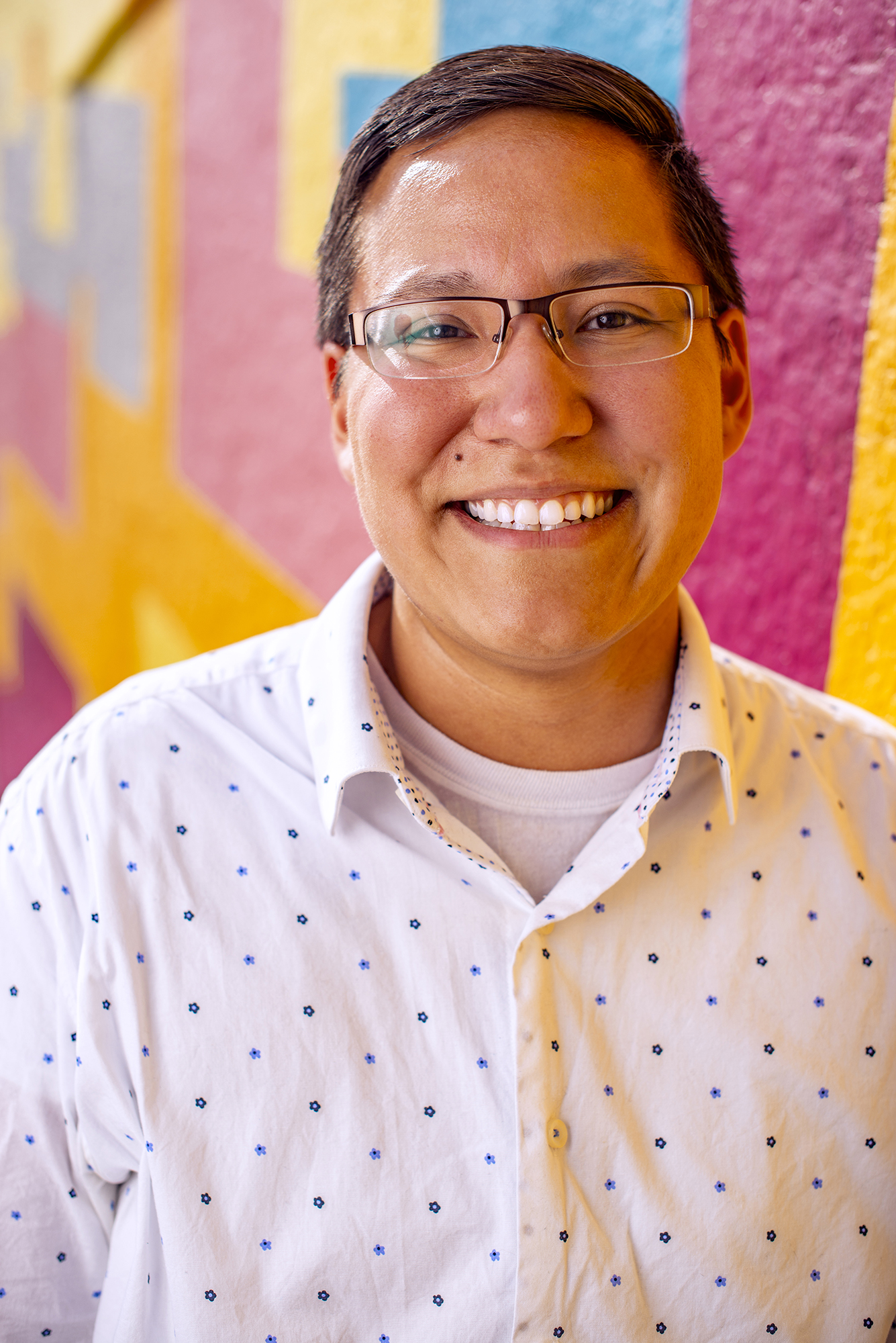
Jack Saddleback
I work at OutSaskatoon, which offers educational resources, testing clinics, peer support and a safe drop- in space for the men, women, trans, and two-spirit people — young and old.
We also work with the Pride festival which started in the early 1990s. Last year, we had 2,000 folks out, but some of our LGBTQ2 seniors have told me that only about 20 people marched at early Prides and most of them wore masks to stay safe. It was quite a hostile environment for them so we have come a long way in a couple decades.
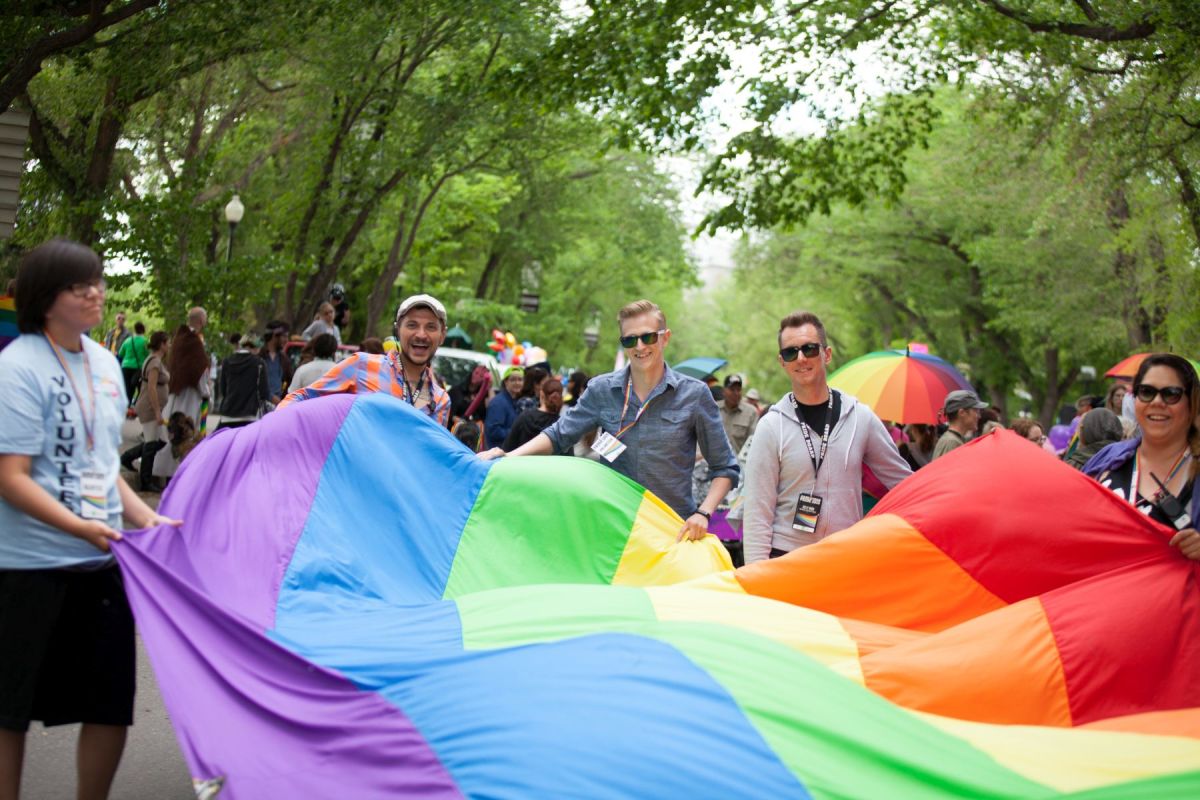
Saskatoon Pride
We often use the term two-spirit now as more of a pan-indigenous umbrella. Prior to colonisation, there were very important roles for those people whether they were medicine people, gifted weavers or held more of a war chief role.
Their gender expression wasn’t limited to their own physical body so their spirit would tell them where to go, and our understanding of the sexual and gender spectrum was very rich.
This understanding extended to tribes all the way down to South America. Some of the earliest history lessons we have been able to uncover involve the Spaniards’ arrival in South America.
When they discovered a two- spirit group, which was celebrated by their community, they put them all together and had their attack dogs slaughter them, with everyone else forced to watch.
I share this horrific story because it is a reality that many two-spirit folks throughout the generations have been subjected to. This persists today through violence, and a lack of employment and housing opportunities.
Colonisation brought Western hetero- normative viewpoints, forcing many communities to hide their two-spirit folks to ensure their safety. Then First Nations’ peoples started to have their view points morphed to deny there was that culture of acceptance.
But I always say there will never be any closets in tepees.
Melody Woods, Indigenous Systems Co-ordinator at Saskatchewan Indigenous Cultural Centre
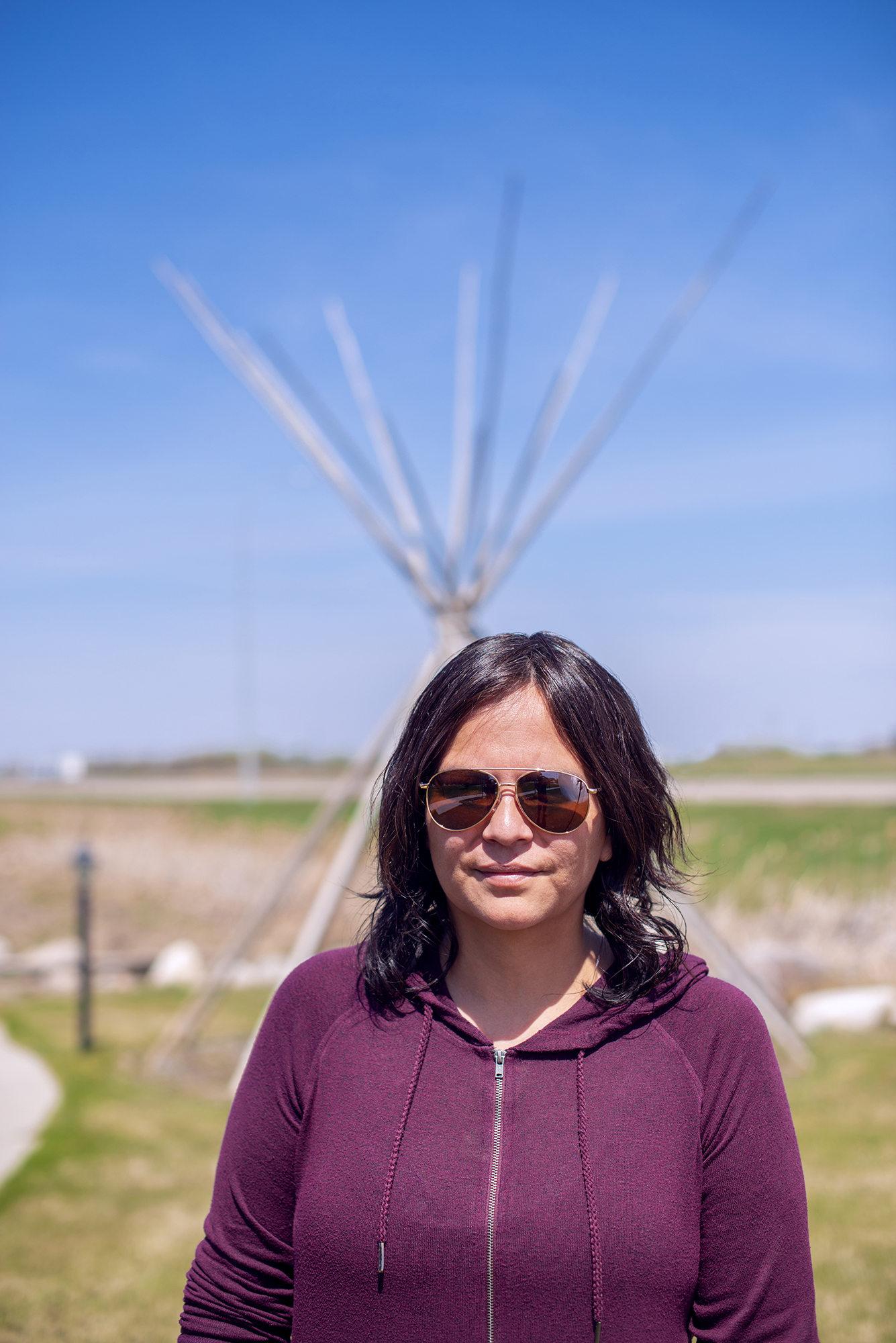
Melody Woods
I was part of [something called] the Sixties Scoop. People often describe it as the second wave of colonisation.
First Nations kids whose parents couldn’t take care of them were purposefully put in white homes by the government — rather than with other First Nations families — so they would be assimilated.
The people who were adopting were not even aware that was the intended purpose. My parents just wanted a child to love, but for the government it was an agenda.
It started in the 1960s and continued into the late 1980s.
My mother was an alcoholic and wasn’t able to care for me so I was put in foster care, adopted and grew up with my white adoptive parents. They are amazing and I love them, but some of the kids put through the Sixties Scoop suffered terrible experiences.
Where I grew up there were only two other First Nations people and they were both like me, with white parents. My parents were supportive and took me to a camp that was for indigenous kids who were adopted into white families, and to the library to learn the Cree language.
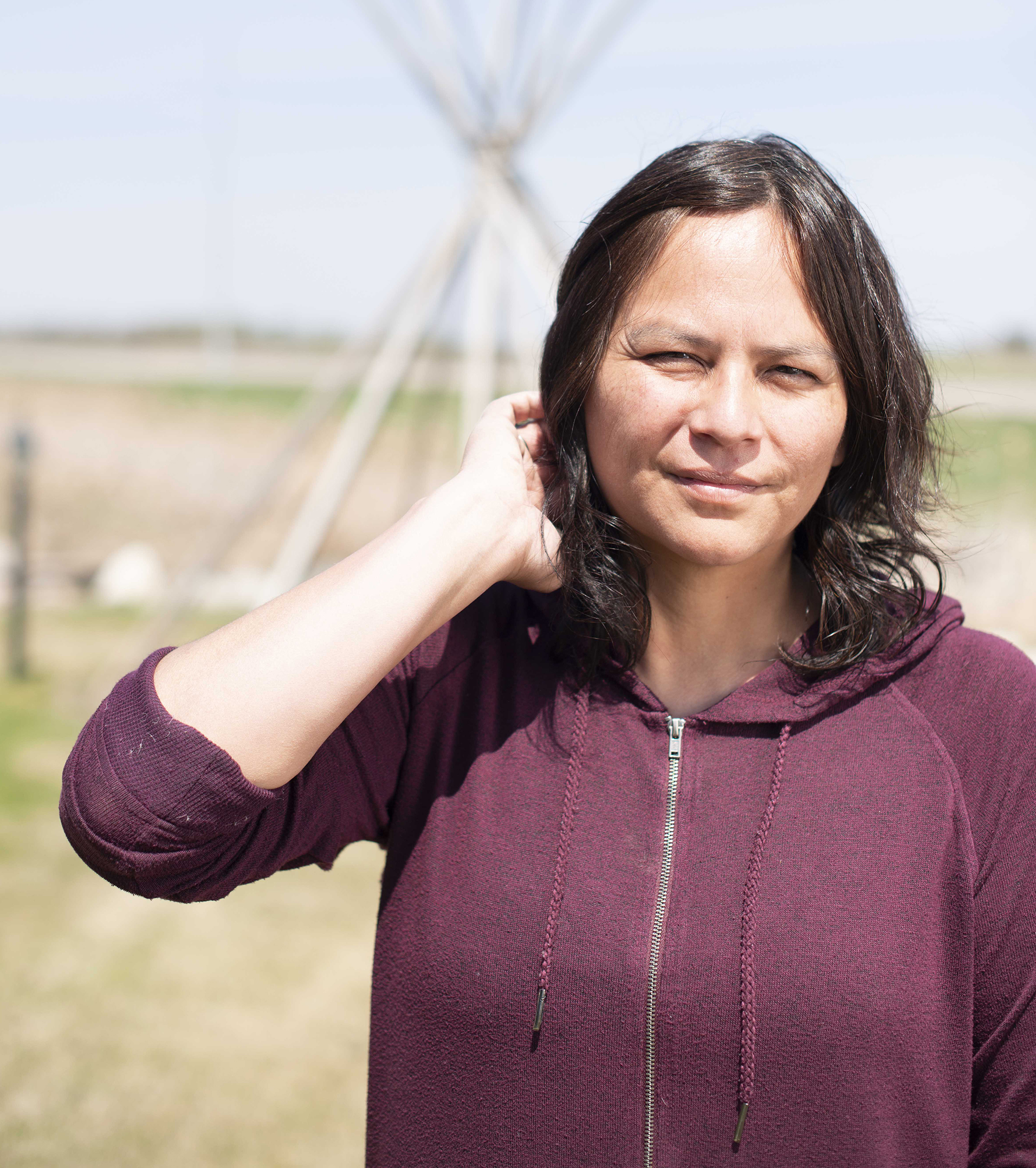
Melody Woods
I was never much of a dater growing up and it wasn’t until a girl first kissed me when I was 28 that I thought, “I like this and I want to explore it more.”
My first love was at 32 and that went on for seven years, but I didn’t identify as two-spirit until I started working at the Saskatchewan Indigenous Culture Centre three years ago and started learning what that term meant.
The centre exists to revitalise the 74 First Nations communities in Saskatchewan, to bring back the languages and culture. The organisation was launched in 1972, but this is the first year we are going to do research and work on the issue of two-spirit people.
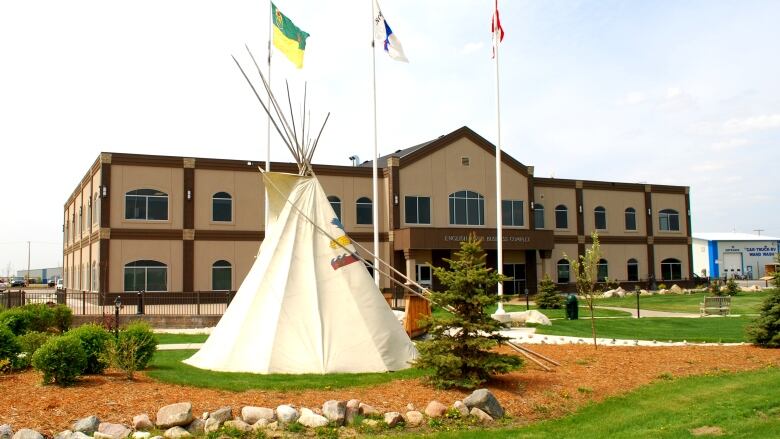
Saskatchewan Indigenous Culture Centre
When I first started working here I felt apprehensive about bringing the subject up, but now we have an awesome president who sees the need to research, talk about and work with the two-spirit community.
The first stage is to interview elders to learn how two-spirit people were integrated into the community. It is all oral history and we have to record it because the elders will soon pass on to the spirit world.
I have participated in ceremonies and taken the male role of the helper where
I smoke the pipe. I know there are First Nations people out there who wouldn’t agree with that, but I think that comes from not having all the information. I never felt fear before, but I would be careful with sharing who I was with people. Now people are open to it, and I feel more free.
Kevin Seesequasis, Organiser of Saskatchewan’s first Two-Spirit Pride
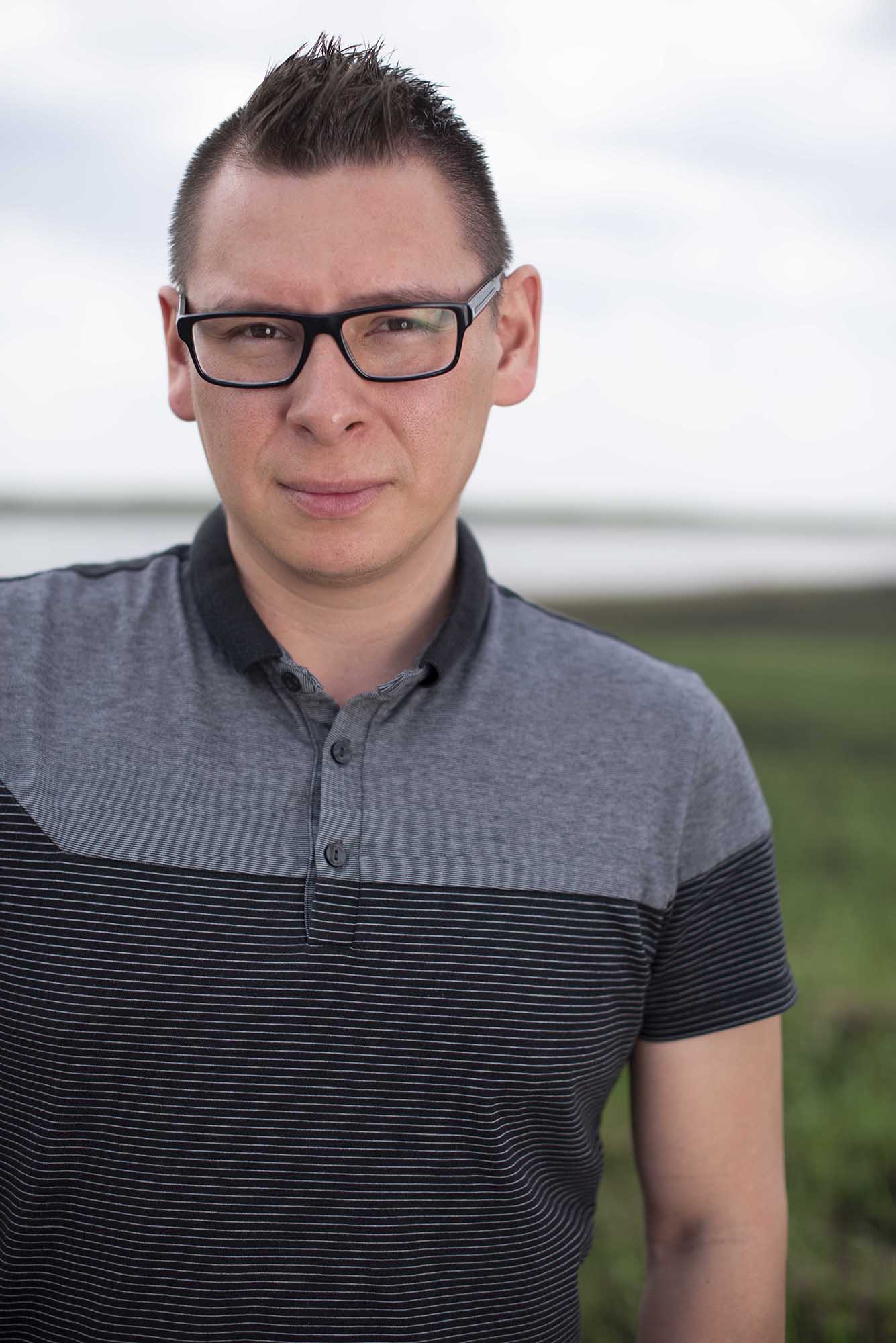
Kevin Seesequasis
I am a councillor for the Beardy’s and Okemasis’ Cree nation and, as a former member of the Canadian Forces and as a gay man, I have taken on an advocacy role for the LGBTQ2 and veterans in the community.
There was a residential school that operated for 106 years in town. It was a dominating, gothic-stlye building, which closed in the 1960s and was burnt down by teenagers in 2001.
The residential schools were specifically for indigenous youth and are a dark chapter of Canada’s past. A lot of residential school survivors call it recovering from genocide, which is a really interesting concept when you look at the history of the schools and what was done there.
The Canadian government has been reluctant to use the word genocide, but the chief justice of the Supreme Court of Canada used the term “cultural genocide”.
The First Nations population is growing fast right across the country, [maybe] at a rate of three times higher the national average but a lot of First Nations in Saskatchewan have not had access to economic growth the way other municipalities have — simply because of the 150 years of repressive tactics such as residential schools.
It was not until the 1960s that First Nations people were allowed to vote or hire a lawyer and remember that we were hunter- gatherers forced to be part of an agriculture system in which our crops were sold for less than those of white farmers.
The government of Canada will talk about reconciliation and I applaud them [for that] but from a First Nations perspective there is still so much that needs to be done. Look at unemployment, poverty, housing, health, criminality, the justice system, the number of women in prisons.
The government’s talk does not match the action we are seeing, particularly in Saskatchewan. The racial divide in this province [shows] that reconciliation isn’t working. That is not to say the efforts won’t produce results in the future.
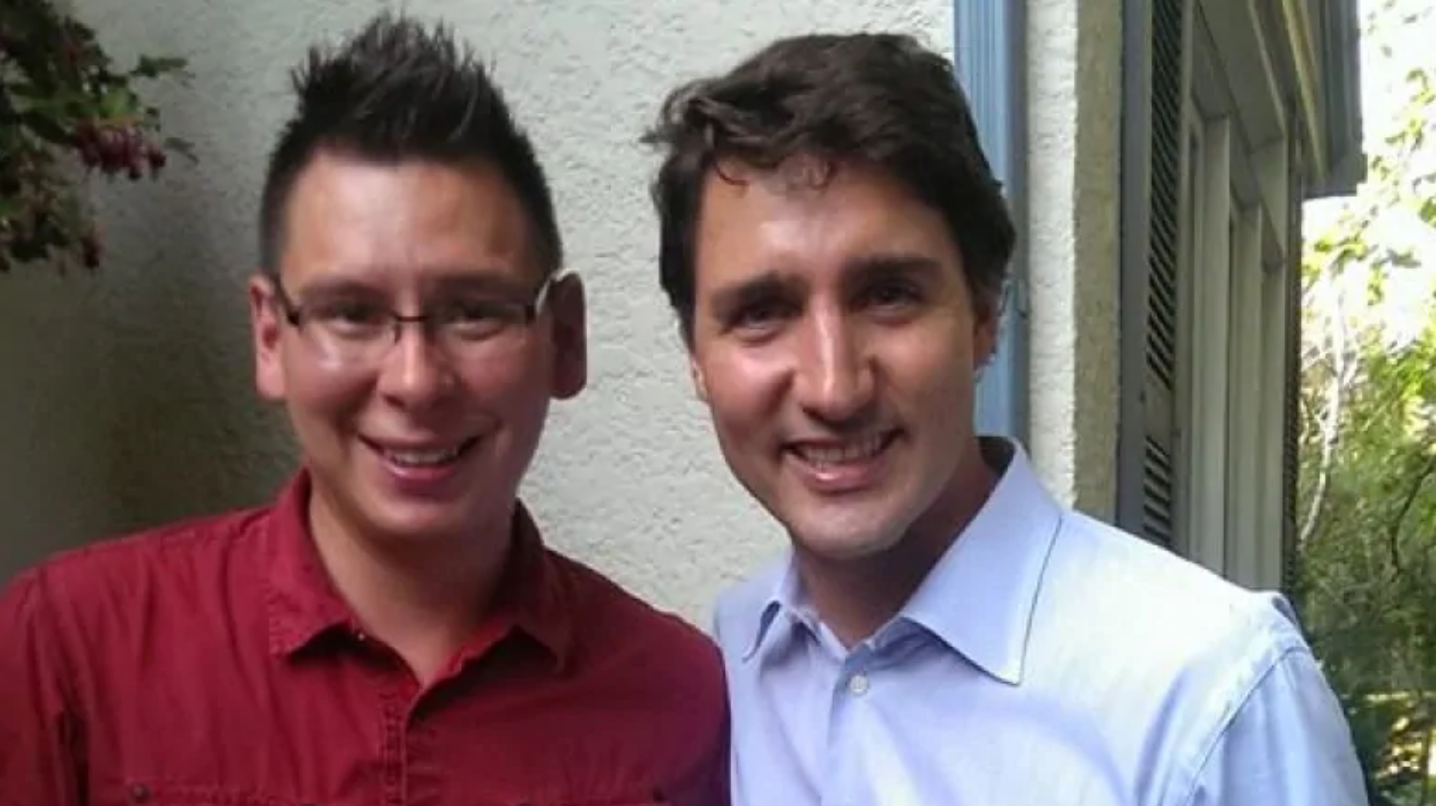
Kevin Seesequasis & Justin Trudeau
PM Justin Trudeau and I are friends. I worked with him when I was on the National Board of the Liberal Party of Canada. I believe in his genuine desire to reconcile indigenous issues. But we as a society have to do better. There are two-spirit people who have faced systemic discrimination.
In May 2016, I approached our chief asking to do something in our community that would be ground-breaking. I said it might cause some concern in the community, but was important for us to do as leaders. I wanted to host Saskatchewan’s first two- spirit Pride parade.
He said: “Get it done.” I was very grateful for his support and at our following council meeting I was shocked that the support was unanimous.
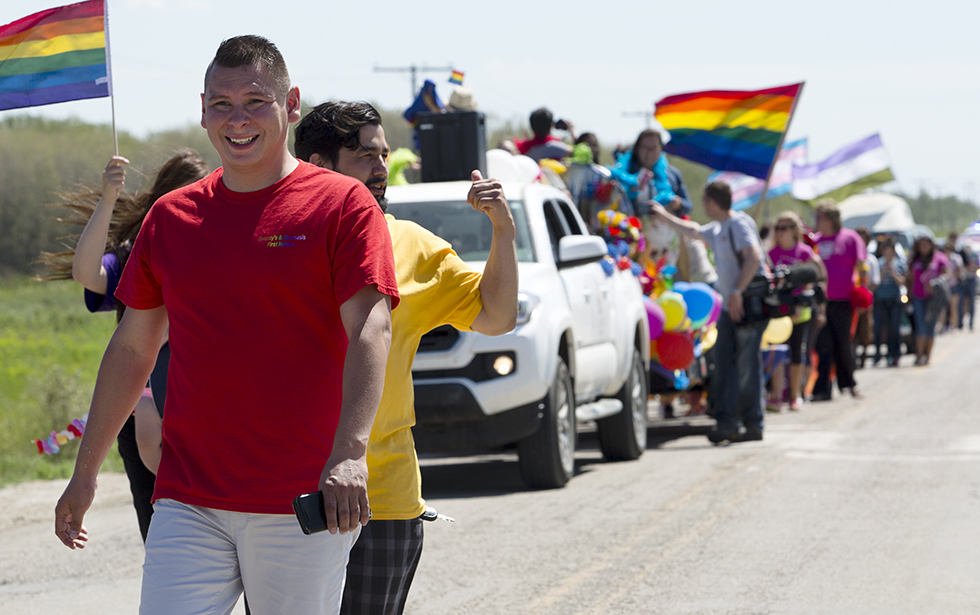
Kevin at first Saskatchewan’s Two-Spirit Pride
It was a gorgeous day and we had 300 people come out. It was fantastic to see people who are not on the LGBT+ spectrum — particularly young people — come out in support and not being afraid.
The community has said they want to see the parade continue and be a priority. That is the reason I do the work that I do: to make people feel welcomed, accepted and loved.
Marjorie Beaucage, Two-Spirit Elder and Filmmaker
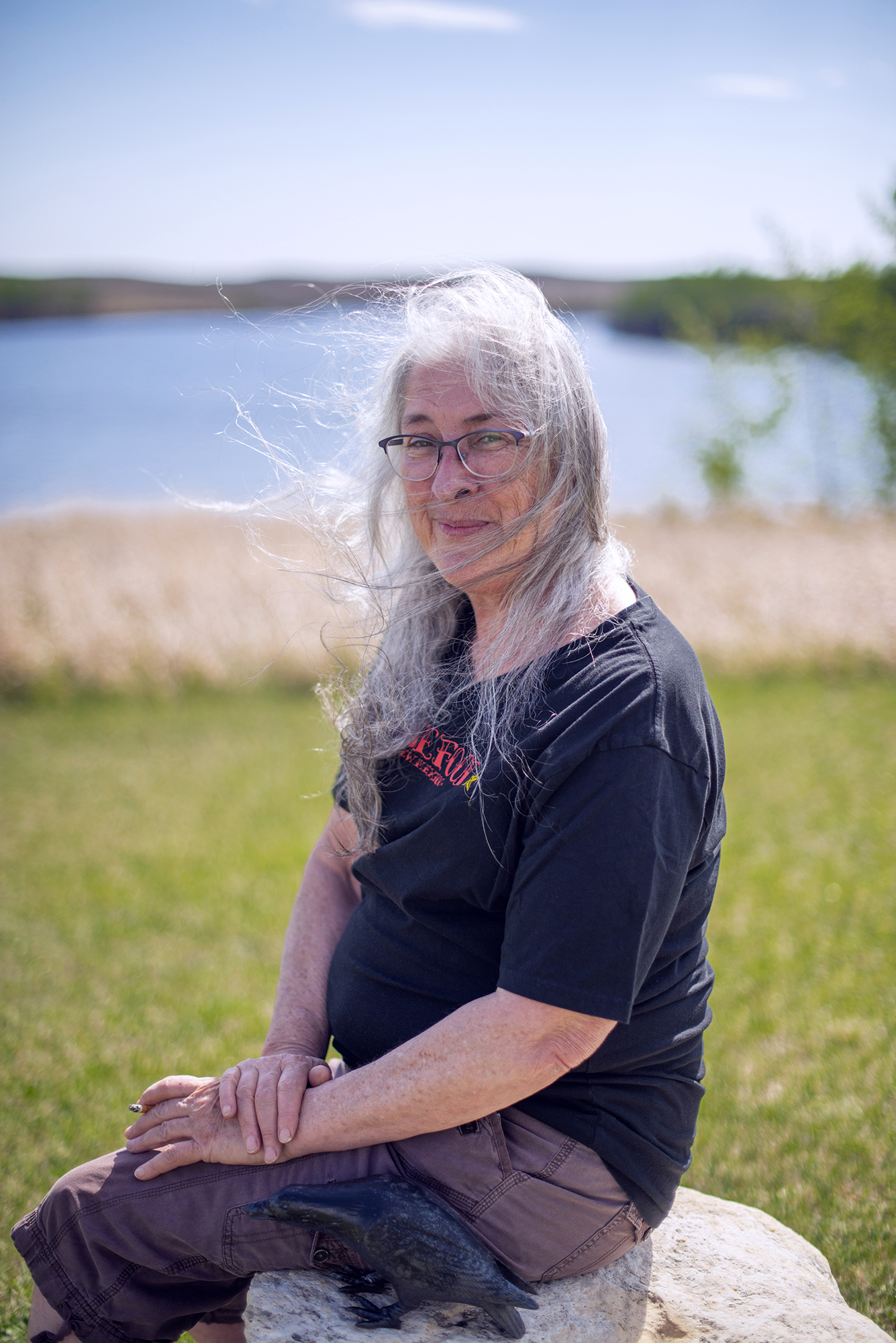
Marjorie Beaucage
I grew up in the bush in South Eastern Manitoba in the 1950s. We harvested the forest, had our gardens and lived off the land. We lived in cabins and didn’t have electricity until I was 12. The nearest town was 10 miles away.
In 1961, when I was 15, we had to move because the forest we were living in was turned into a provincial park with all the cutting rights going to big pulp and paper companies. We moved to a small town where I started going to high school. Before that I never felt poor but then we were cut off from all that.
I am the oldest of 12 kids so I started raising my siblings at a young age as we couldn’t afford to send me to study after school. There were not too many choices for women who didn’t want to get married so when I was 18 I joined a convent and became a Roman Catholic nun.
I had many experiences and opportunities in the Church that I wouldn’t have had otherwise. And it was a time of great change in the world: the challenging of the patriarchy by the women’s movement, social justice and theologies.
I was involved in social action and was arrested many times but my own community wasn’t supporting me, as if I was invisible. My spirit would not last there. I stopped going to church because it made me too angry and I was challenging the patriarchal hetero-sexism stuff.
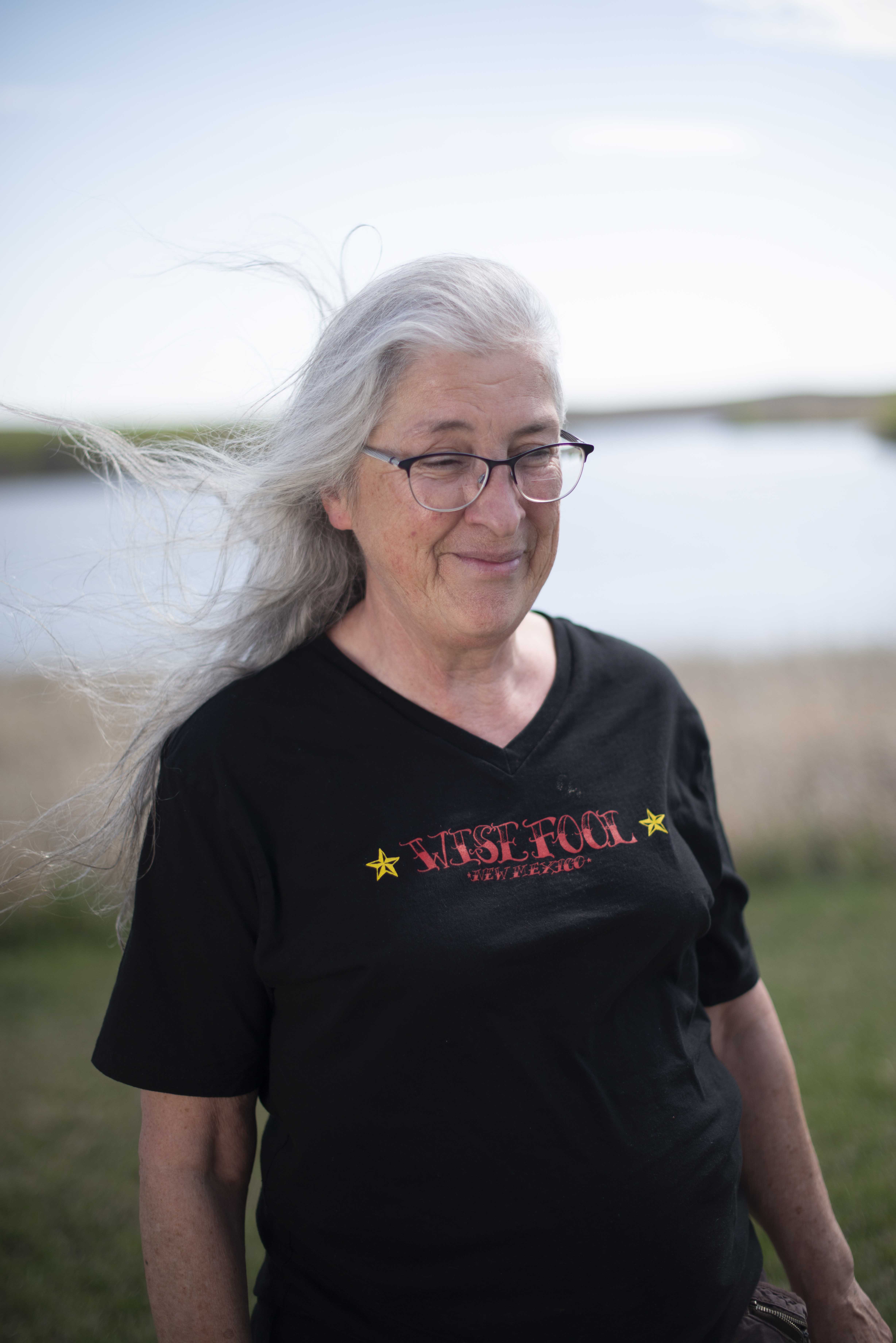
Marjorie Beaucage
I worked in literacy and social-action programmes and started the Native Women’s Transition Centre and a shelter for youth on the street. I never came out as a lesbian, I never felt the need but started the two-spirit programme at OutSaskatoon because there was no place for us five years ago in the LGBT+ community.
I have been going to two-spirit gatherings since the 1990s. We talked about creating a term to describe indigenous queer people not based on LGBT+ gender sex types and it was at one of the first gatherings that Myra Laramee suggested the name two-spirit from a dream she had.
It meant the queer indigenous person had a spiritual world view, so a lot of gay First Nations people don’t call themselves two-spirit because it is about spirit or the practice of the traditional ways.
We continue to excavate through the colonial trash, digging further and further to find our place in the community, our roles, responsibilities and medicines.
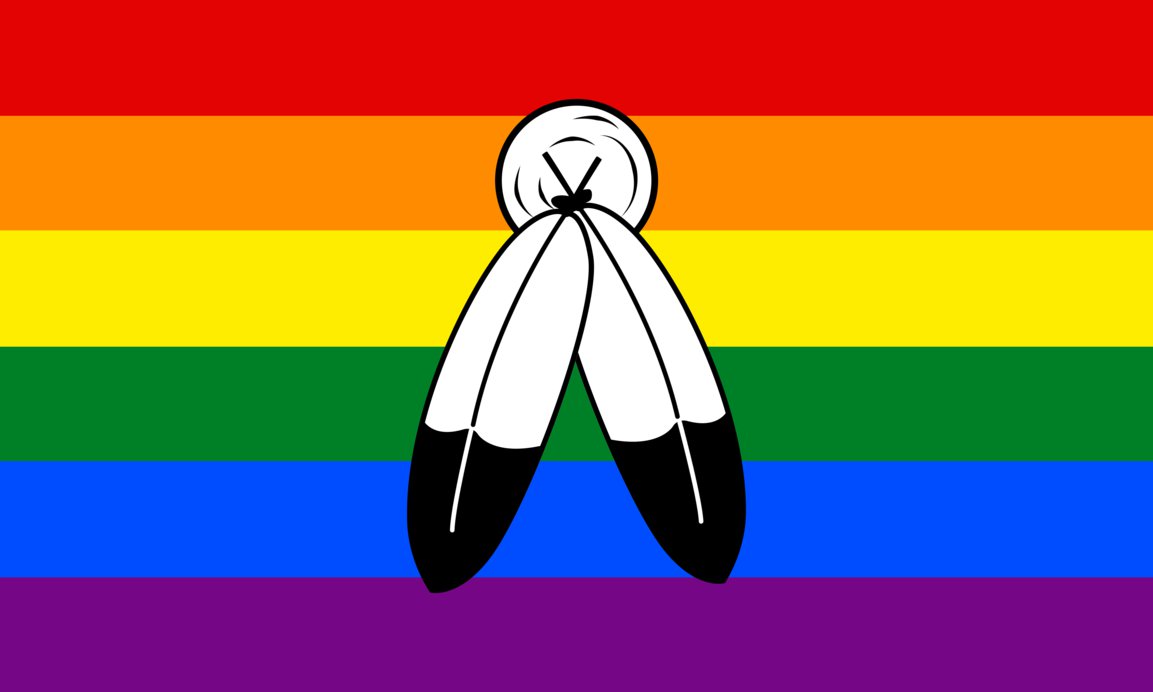
Two-Spirit Pride Flag
The definition of what two-spirit means can differ from community to community, nation to nation.
There is no one rule in our community for defining people; it’s up to them to determine. It is about each person’s gifts and purpose.
About 10 years ago, I started being called elder: I’m 71 now. I didn’t like being an elder, I still find it difficult but the community decides when a person is chosen.
Some elders are traditional knowledge keepers, some are medicine people, some are spiritual and cultural people who have been trained from when they were little to hold ceremonies.
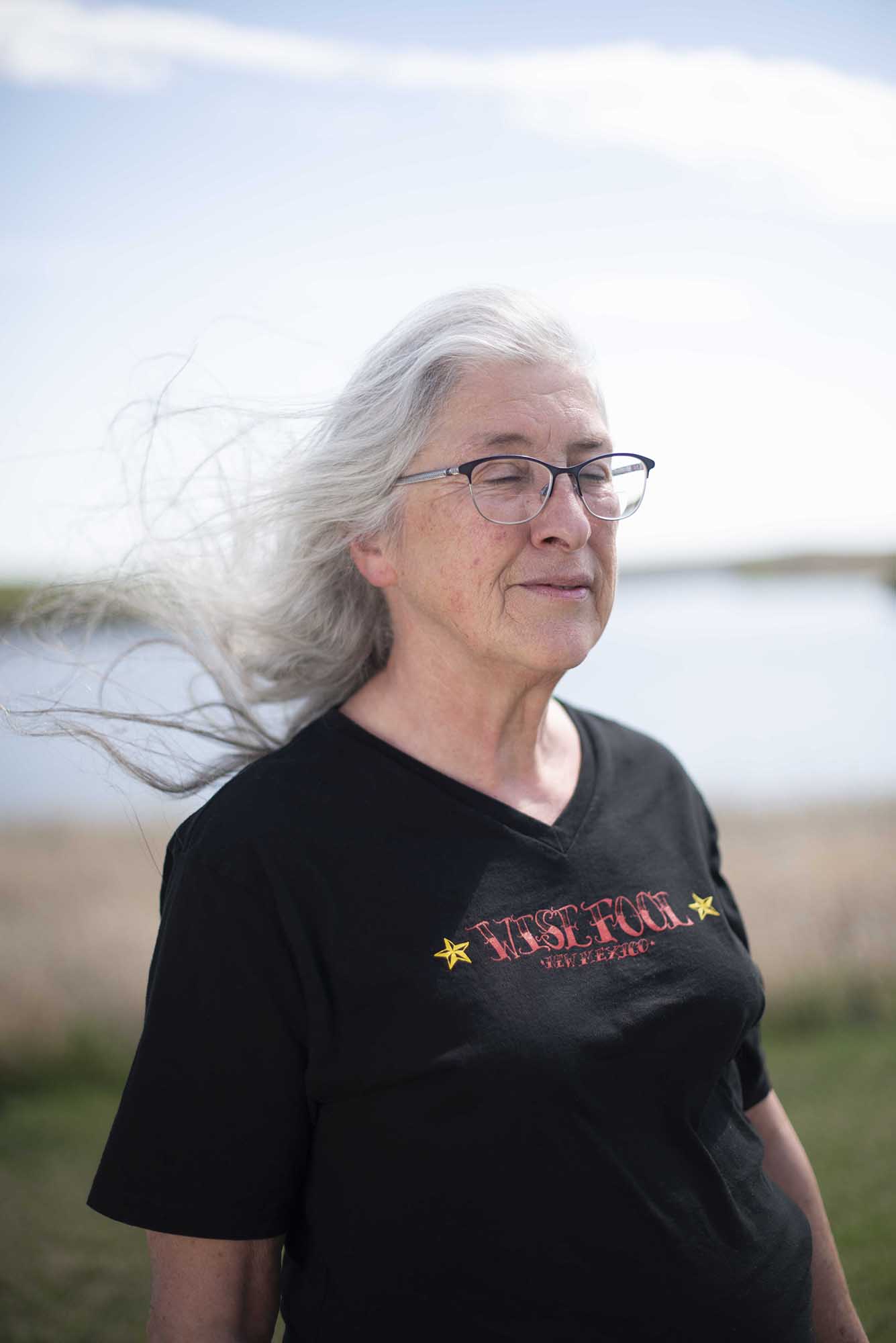
Marjorie Beaucage
In the two-spirit community they started calling me elder because they needed someone like me to be their rock, their grandma, their auntie.
I am not worried about us losing our culture. In the past 30 years I have seen that we fast and we sweat and we pray for that knowledge to come back.
And it does, it’s in our DNA, it’s in the stars, it’s in the spirit world, it is not far away. We just have to ask for it.
